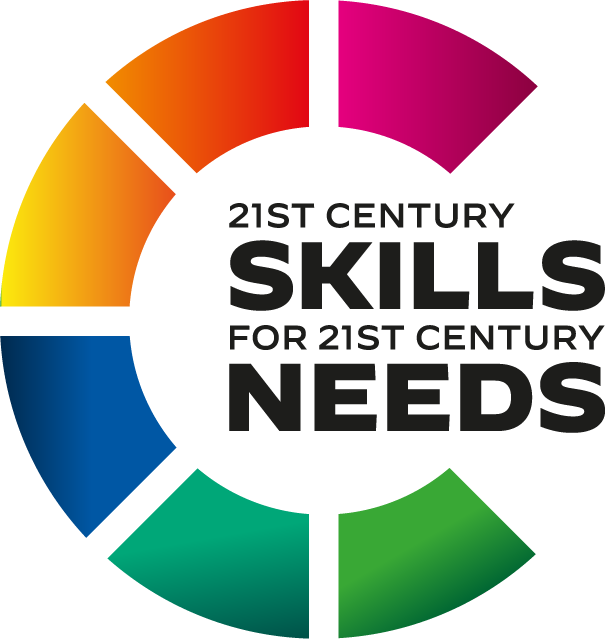Upcycling - Denmark
Which of the C’s did you choose and why?
We chose critical thinking and problems solving as our main frame for the project – we were a part of a team of 3 other teachers doing a 6 week course in three 7th grade classes, so about 75 students all together.
We chose critical thinking and problem solving as we found the students would really benefit from this as they in general are good at working with the C’s like communication, collaboration and creativity. We chose it as we thought they were the C’s that really needed a focus.
The school is an average Danish public school that represents our education system very well – in terms of diversity in the attending students. One of the teachers represented in this team really makes a difference when it comes to teaching in the 6 C’s. He has developed the schools makerspace and FAB lab and he is extremely successful when it comes to teaching the students in different ways.
He has 2 classroom that has been changed completely to fit the 6 C’s and it has an amazing impact on the students. They LOVE his classes and the energy is always high and engaged.
The theme was “Upcycling” – choosing a used item that was causing a problem, locally or globally, and changing it into something useful, that had to contain 2 functions.
So an example could be plastic – one group chose to use used plastic bags that where to be disposed and melt them into bowls that could be used for containing things as well as being decorative.
Activity focus
They had to be focused on several things in this assignment and find solutions to them all. We started with a small presentation of the assignment, followed by a plenum round of talking about expectations, responsibilities and a Q&A. They where divided in groups after motivation – which meant that they talked to each other about their ideas and then they chose what project they wanted to work.
All groups had a teacher form the team they would work with the entire project period and where able to use all the facilities at the school such as the outdoor areas, kitchen, art and design room, woodwork, FAB lab and makerspace.
Experience – what worked and what didn’t
This way of working with students is not new and we were very aware of that – what our focus was the entire time was to stay in our role as facilitators instead of teachers – not giving answers but asking questions and creating the right frames for the learning to unfold.
That was challenging for about 30% of the students. They found it very difficult to work in frames like that and need special attention in order to complete the project. The remaining 70% where doing great and completed the project either successfully or ok. It became very clear to us that the facilitating role has a great potential but the students are not at all trained in this way of working as our system is set up in a very different way.
It also demands a lot from us as teachers as we constantly have to change the way we communicate with the students – not providing answers but asking questions and creating frames that can support the learning environment as well as taking care of the many needs in a group of 75 students.
We see a huge potential in the facilitating learning environment and we have a lot to learn and practice but we have taken a small step towards news ways of creating.
Practice makes perfect and so we are very much looking forward to the next season of our practice that will unfold in the school year 2019/ 2020 where we expect to have 4 projects of 8 weeks each working with about 15 students in each period.
